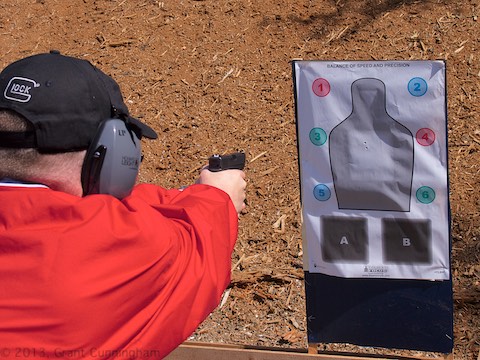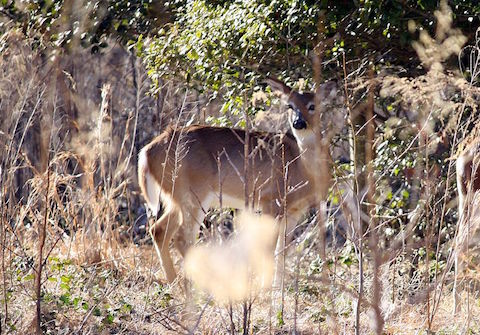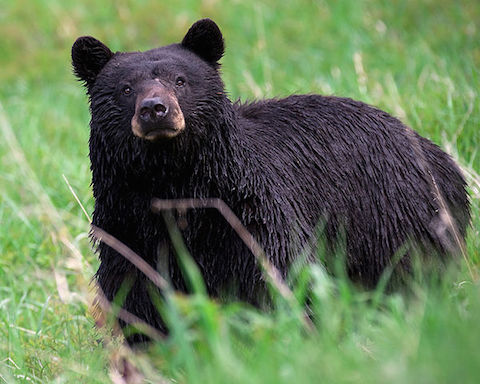
The first shot isn’t necessarily the most important, but you’d better train as if it is!
It’s been said that the most important shot in a defensive encounter is the first one. I’m not sure I agree with that; I believe the most important shot is the last one, the one which leads you to determine that you no longer have a lethal threat in front of you and that you don’t need to keep shooting.
I’ve taken the attitude that the best thing I can do is to teach my students the most efficient ways to get to that last, all-important shot. The problem, as people like Claude Werner and the late, great Paul Gomez have pointed out, is that after the first shot everything changes. People stop thinking, they start moving, bystanders start screaming, and it becomes harder to solidly land the second, third, fourth, and subsequent shots. Not impossible, mind you — folks do it all the time — but it is more difficult.
If the first round doesn’t give good effect, it’s going to mean that you’ll be making the rest of your shots under more difficult circumstances. It’s going to take longer to get to the most important shot.
Because of this, over the last couple of years I’ve changed how I teach the mechanics of defensive shooting. Specifically, I’m placing a greater emphasis on the accuracy of the first shot on target.
op·por·tu·ni·ty: (N) – a set of circumstances that makes it possible to do something.
Instead of being the most “important”, I’ve come to believe that the first shot is your best opportunity to affect your attacker’s ability to hurt you. Notice that I didn’t say it’s the most important shot, only that it’s your prime chance to do significant damage to his vital areas and cause him to stop. After that first round, it’s going to be more difficult to get your shots into that relatively small vital area where you have the greatest likelihood of incapacitating him.
The possibility of causing your attacker to stop doing bad things to you is never better than just before that first shot ignites. The circumstances change once that shot breaks and people start moving, so making the most of that fleeting opportunity is likely to improve the odds of a favorable outcome.
I didn’t say it would “guarantee” a favorable outcome, only that it increases the odds in your favor. “The first guy to hit is the winner”, which is an old shibboleth I heard again just the other day, is nonsense; we’re not worrying about making THE first hit, only in making our first hit a good one. The shot can only be optimally effective if it goes to the right place, and the only way to assure that is to train and practice!
The result of all this? I’m placing far more emphasis on making sure that my students are able to get those consistent first-round hits from the holster as fast as they can. It probably annoys them to no end that I spend more time making sure they can do that — which is a necessity in any defensive shooting — than having them practice lightning-fast reloads (which is so far down the list in tactical importance that it’s virtually never a skill which affects the outcome in private sector self defense.)
It seems like such a trivial thing to be able to go quickly from the holster to extension to getting a hit inside the area of precision which the target has determined, but I believe it’s a very important skill — perhaps the most important one, given the circumstances under which it’s likely to be made. It’s also one which is often ignored.
The way to accomplish that first-round hit is to get the gun aligned on target through your extension. My students can relate my insistence on coming out of the holster into a “chest ready” or “high compressed ready” position, then extending through that position immediately into the line of site — and from there straight to full extension. You should be able to trigger that good first shot just as you reach extension, without hesitation.
It’s not about going slowly or taking lots of time, either. The shot needs to break very quickly, but sacrificing accuracy to get the first shot off is a waste of time, energy and ammunition; it’s very inefficient to not land that first shot into the vital area of the attacker!
In the old days hunters used to call this “snapshooting”. They understood that they’d usually get only one chance at an animal, and that they needed to make that first hit accurately and quickly. If you need to shoot an attacker, there is a lot of similarity in the need for a good first shot; the difference is that you may in fact end up shooting more than that to make him cease his attack — but your best opportunity to get there is still to make your first shot an accurate one as quickly as you can.
It ain’t sexy or high speed, but it’s the shooting skill you’ll most likely need!
-=[ Grant Cunningham ]=-
- Posted by Grant Cunningham
- On March 19, 2015



